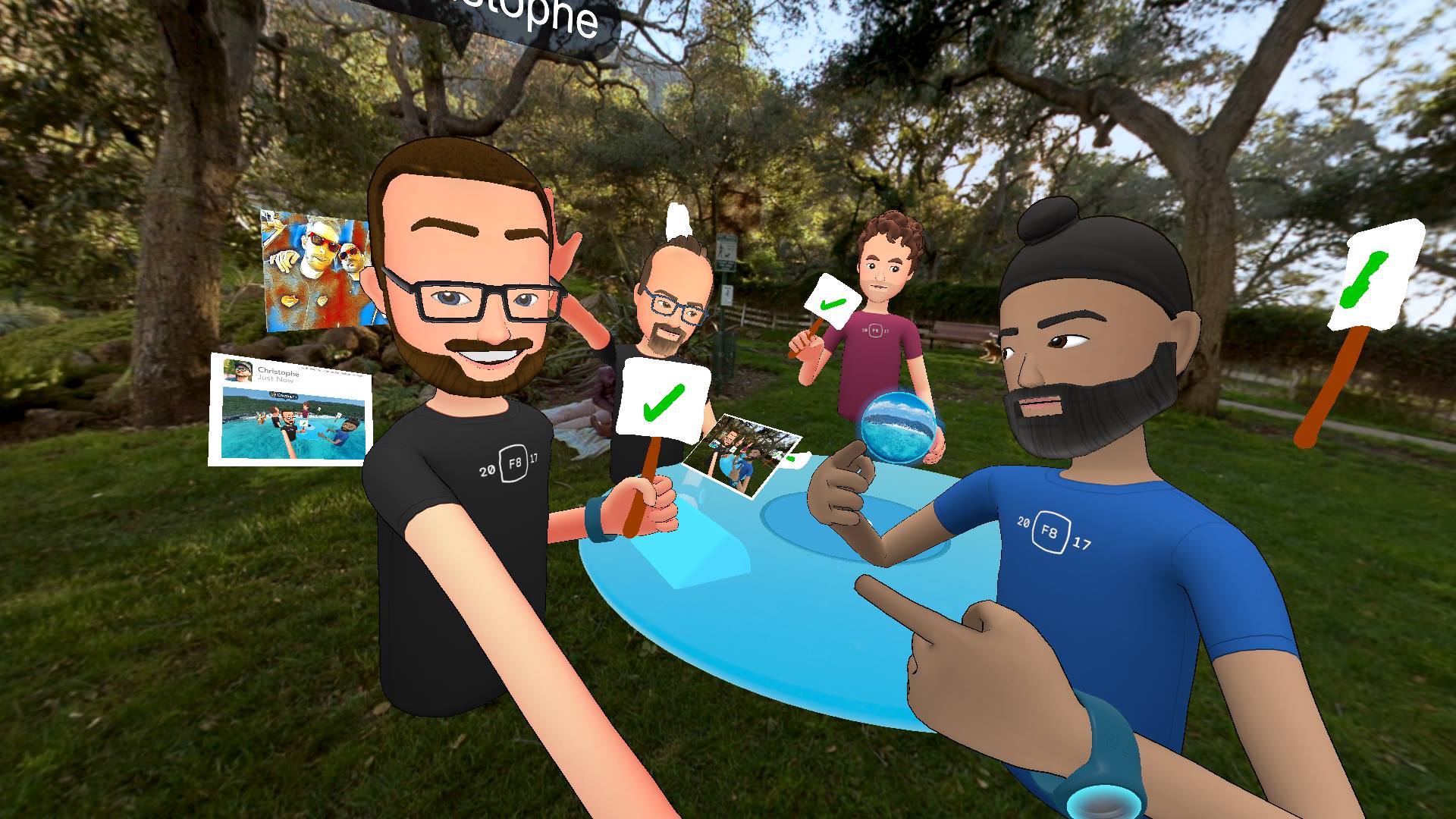This Is What Facebook Thinks Virtual Reality Should Be About

Credit to Author: Louise Matsakis| Date: Fri, 04 Aug 2017 15:04:20 +0000
Last week, I stopped by Facebook’s offices in New York to try out their virtual reality product, Spaces. The experience was both entirely new and eerily familiar. It’s strange to morph into a digital, cartoon-like avatar, but Spaces also feels like part of Facebook, which I’ve used almost daily for nearly a decade. Still, I wasn’t convinced it was going to become a regular part of my life, the way that Facebook’s News Feed has.
Inside the platform, you can make Messenger calls, draw things, hang out in different virtual settings, and view the same Facebook content that’s inside the app or on the website. What’s interesting about Spaces is that unlike other virtual reality apps or games, it’s fairly accessible to people without a headset. For example, you can make Messenger calls to people who aren’t in virtual reality even while you are.
While I was at Facebook, I sat down with Rachel Franklin, Facebook’s head of social VR. She’s been in the video game industry for over 20 years, and came to the company from Electronic Arts, where she worked on the best-selling game The Sims. In this episode of Radio Motherboard, I chat with Franklin about Facebook’s attempt to make VR cool.
Spaces is the result of a risky bet on Facebook’s part: that VR will become something people actually want to use. Right now, it’s more of a niche technology. Only around 6.3 million headsets were sold last year, according to a report from Super Data, a market research firm.
Three years ago, Facebook spent $2 billion on Oculus VR, a virtual reality startup. Since then, it’s tried to figure out what to do with the technology. Spaces, which Facebook debuted last October, is the first major thing it’s tried. For the most part, it’s pretty cool. But it didn’t convince me that I should go out and buy an Oculus headset, which is perhaps part of the problem.